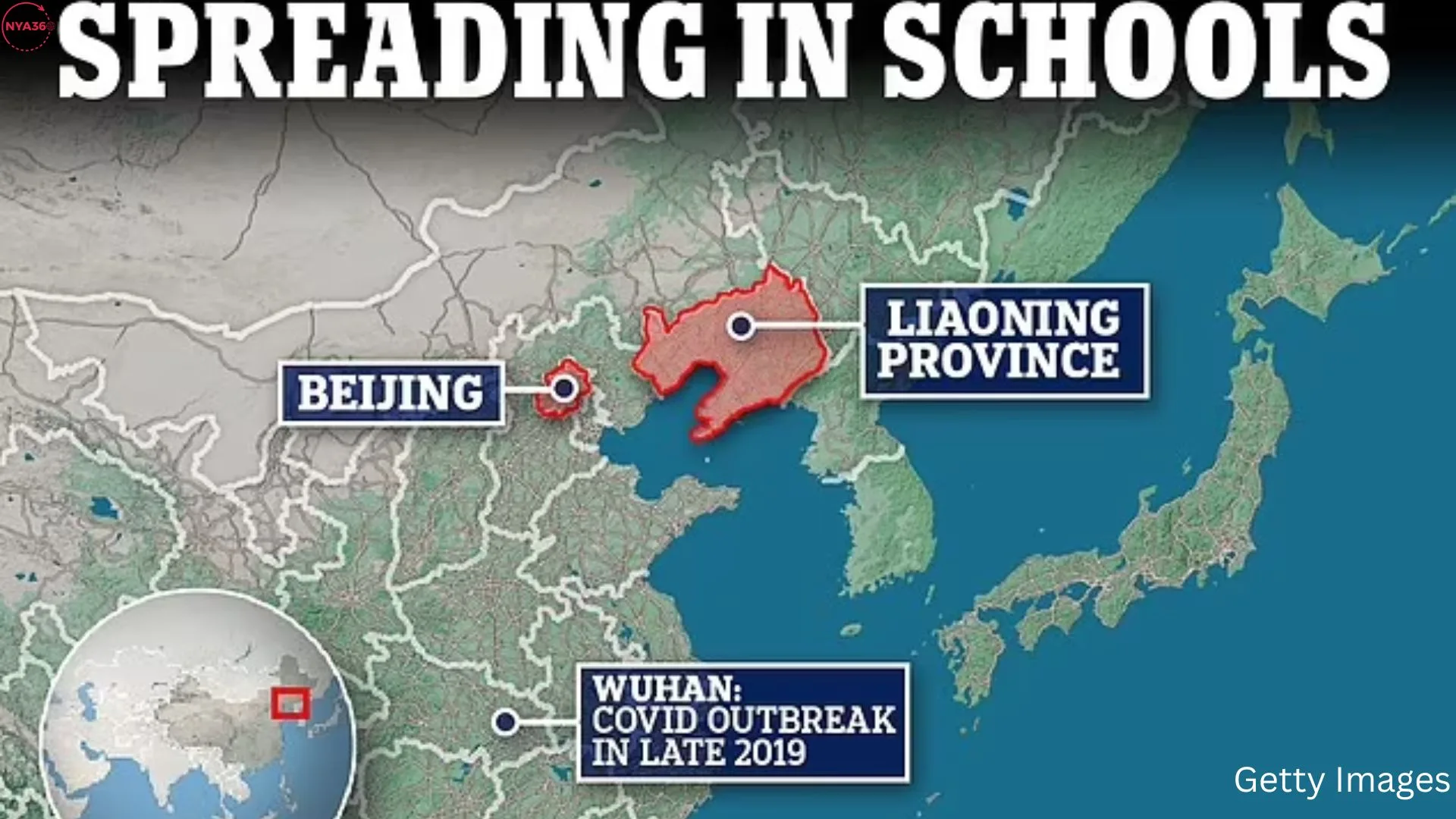The occurrence of a sudden epidemic of an unfamiliar strain of pneumonia among children in Chinese educational institutions, bearing resemblance to the early phases of the COVID-19 pandemic, has generated considerable apprehension and garnered extensive scrutiny.
According to recent reports, hospitals located in Beijing and Liaoning province, which is situated around 500 miles northeast of Beijing, are currently facing challenges in managing an increase in the number of hospitalized youngsters who are presenting with atypical symptoms. The symptoms seen, such as pulmonary inflammation and elevated body temperature, are inconsistent with the characteristic indicators commonly linked with recognized respiratory ailments such as influenza, respiratory syncytial virus (RSV), or analogous respiratory disorders. The lack of typical symptoms such as coughing adds complexity to both the diagnosis and the implementation of response strategies.
According to local media outlets, healthcare facilities are experiencing significant strain as hospitals approach or reach their maximum capacity due to the high volume of ill youngsters. This has led to discussions over the possibility of implementing school closures as a measure to mitigate the transmission of the virus and protect the well-being of the general population.
The international community became aware of the concerning situation after receiving a notification on Tuesday from ProMed, a highly regarded global system for monitoring infectious diseases. The aforementioned notification highlighted the occurrence of an unexplained strain of pneumonia that is impacting youngsters within Chinese educational institutions. Significantly, the earlier significant role played by ProMed in indicating the development of an unidentified virus in December 2019, subsequently identified as the COVID-19 pandemic, highlights the importance of their current notification.
The early alert system offered by ProMed played a vital role during the initial phases of the COVID-19 pandemic by efficiently notifying healthcare workers, scientists, and global health organizations about the potential risks associated with the emerging virus. The provision of early notification enabled prompt responses, research endeavors, and increased global awareness.
In light of the similarities identified between the present circumstances and the initial stages of the COVID-19 outbreak, healthcare authorities and global health organizations are experiencing an increased state of alertness and a sense of urgency. It is crucial to conduct thorough and extensive inquiries about the nature, origins, and features of this unexplained strain of pneumonia.
Efforts to promptly identify the pathogen responsible, discover its mechanism of transmission, and execute appropriate containment measures are vital to controlling its spread and preventing a possible public health crisis. In addition, it is imperative to emphasize the significance of fostering collaboration among international health agencies, scientific communities, and governmental authorities. This collaboration plays a pivotal role in facilitating the exchange of information, coordinating responses, and ensuring enough preparedness to effectively address the dynamic nature of the situation at hand.
Nevertheless, it is crucial to acknowledge that given the dynamic nature of the circumstances and the intricate factors at play, continuous investigations and expert scrutiny are imperative in order to ascertain the precise characteristics of this particular strain of pneumonia, its potential ramifications, and the suitable public health measures required to alleviate its effects.
This particular situation highlights the significance of implementing strong monitoring systems, efficient reporting methods, and international collaboration in addressing the emergence of infectious diseases in order to protect public health at a worldwide level.
Follow us on social media: Instagram, Threads & Twitter X @nya360_ YouTube & Facebook @nya360.





